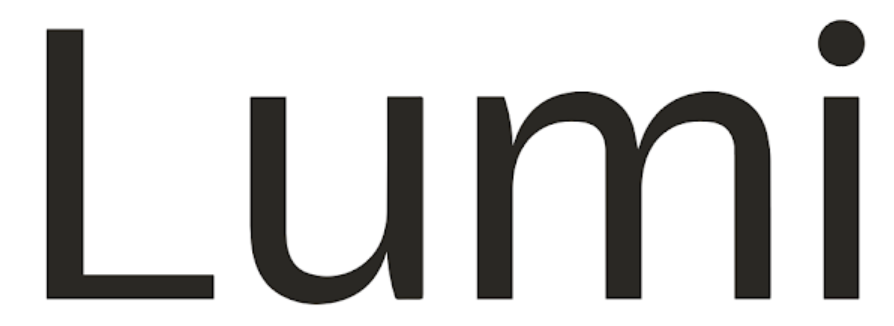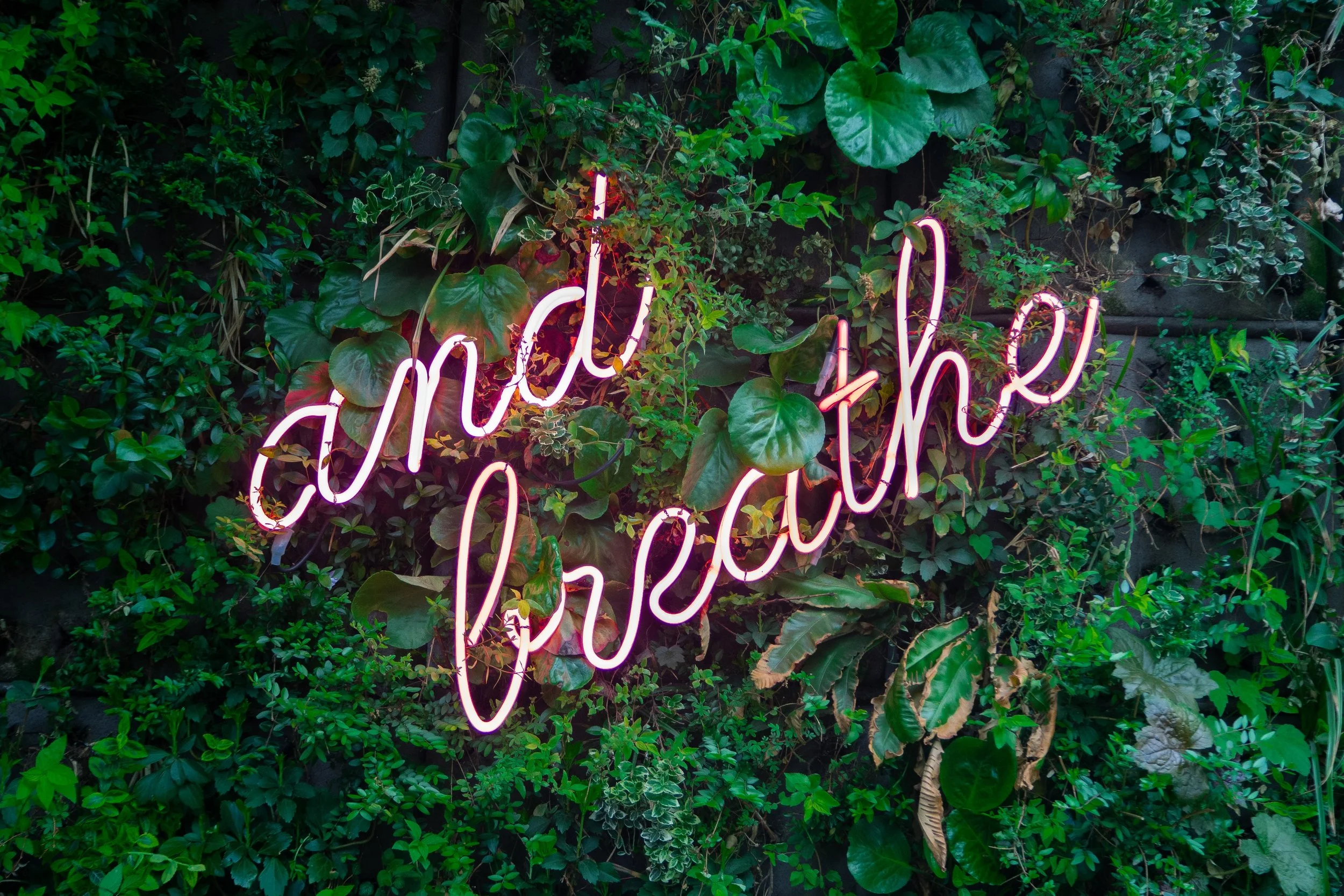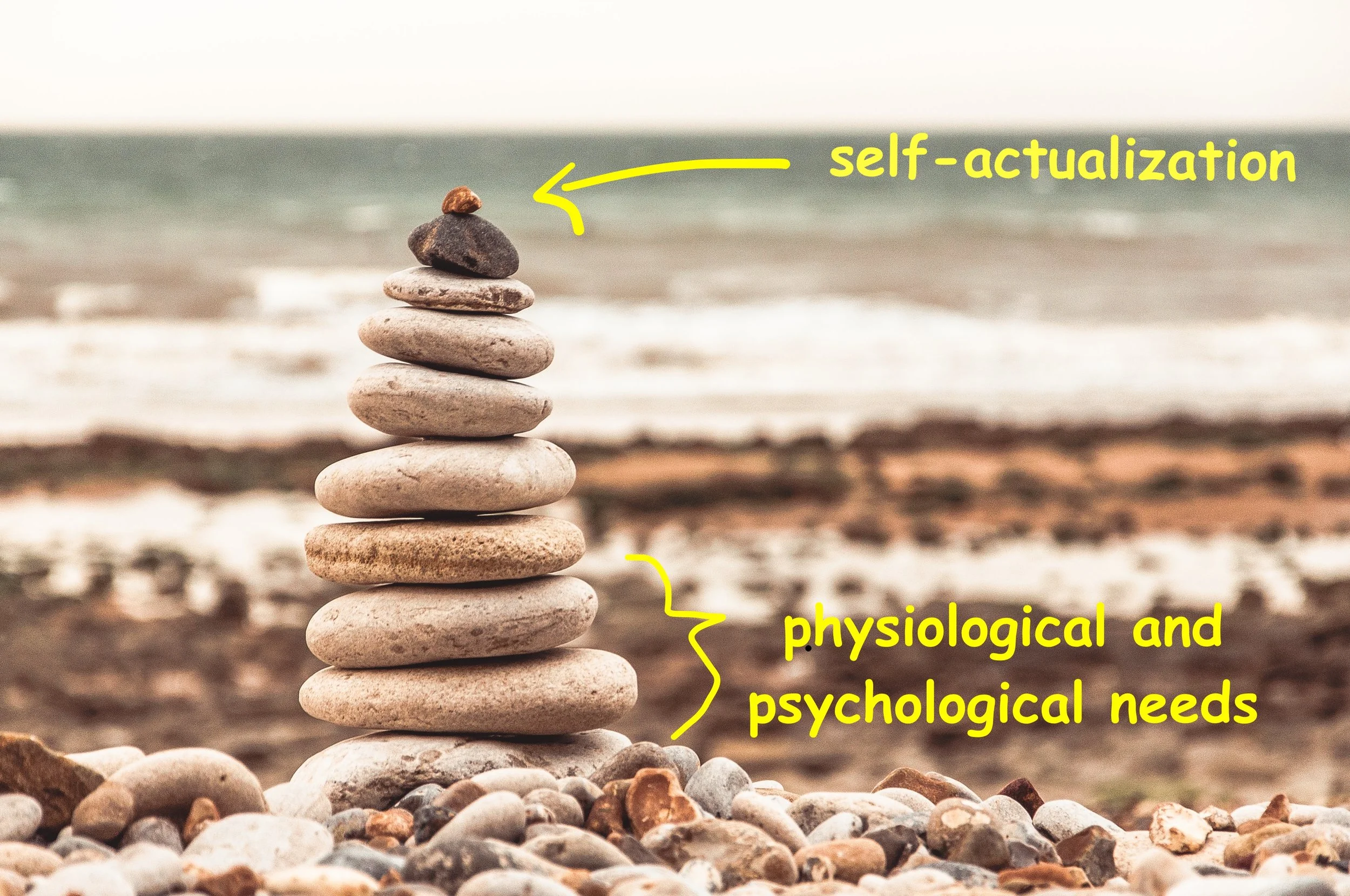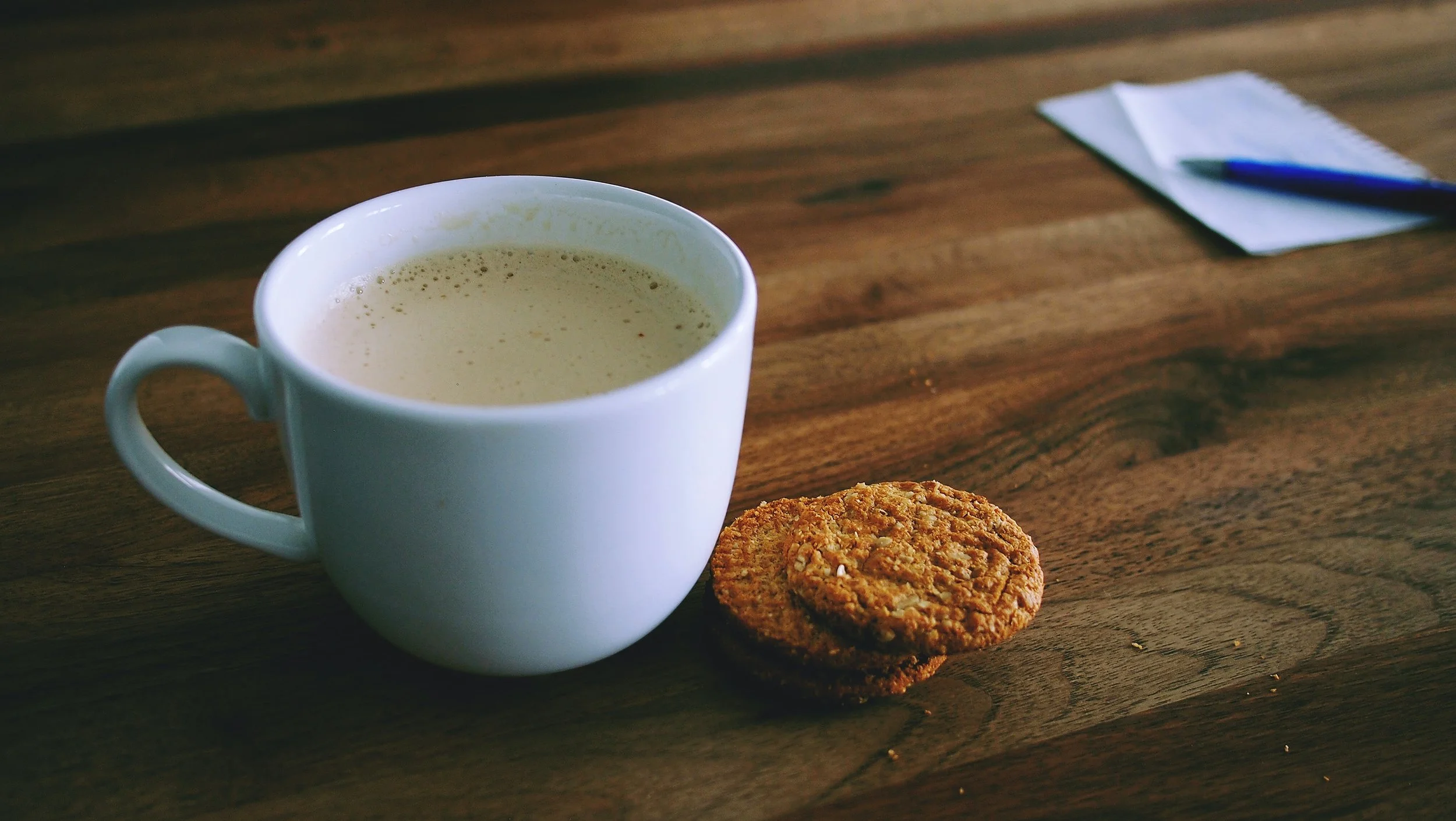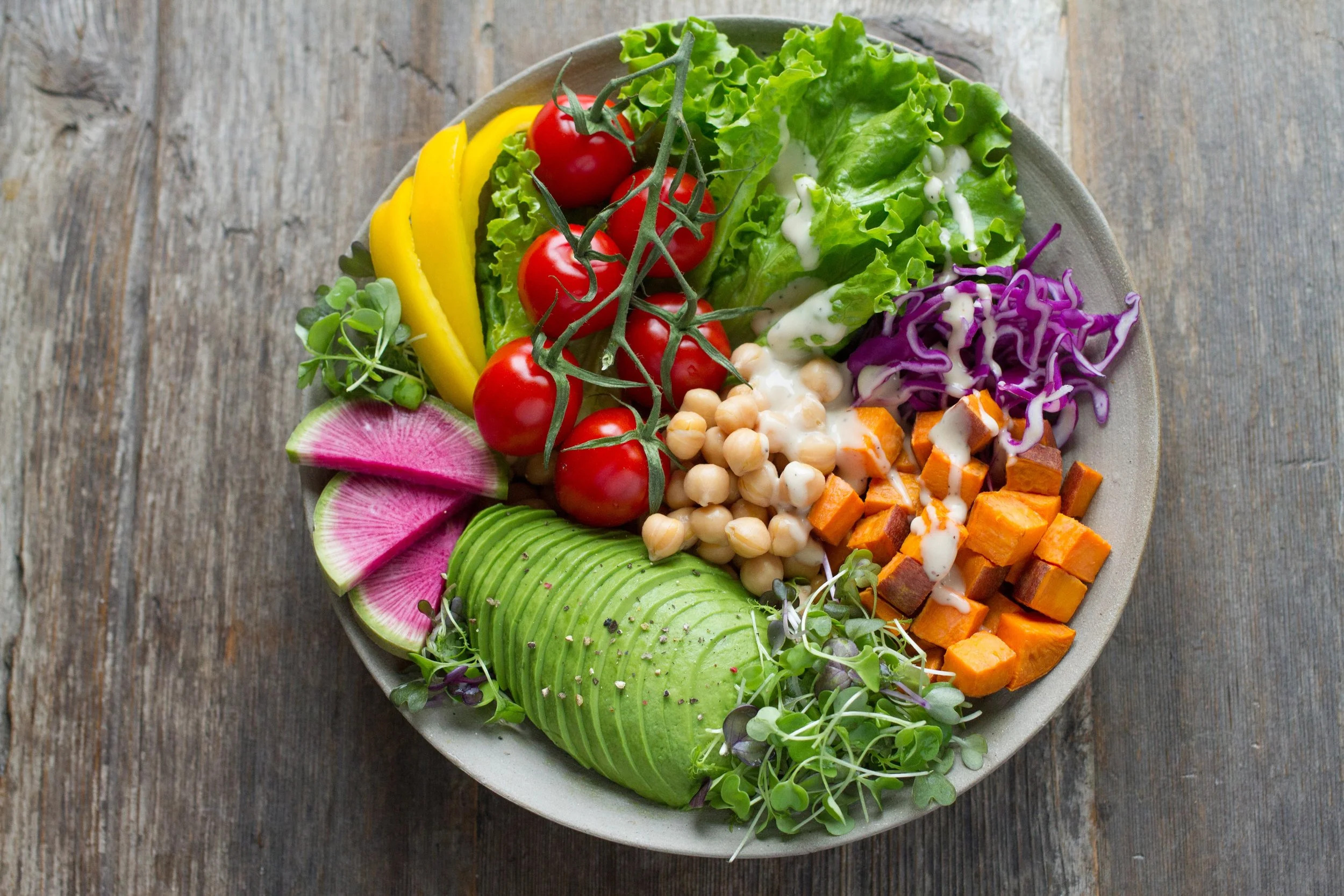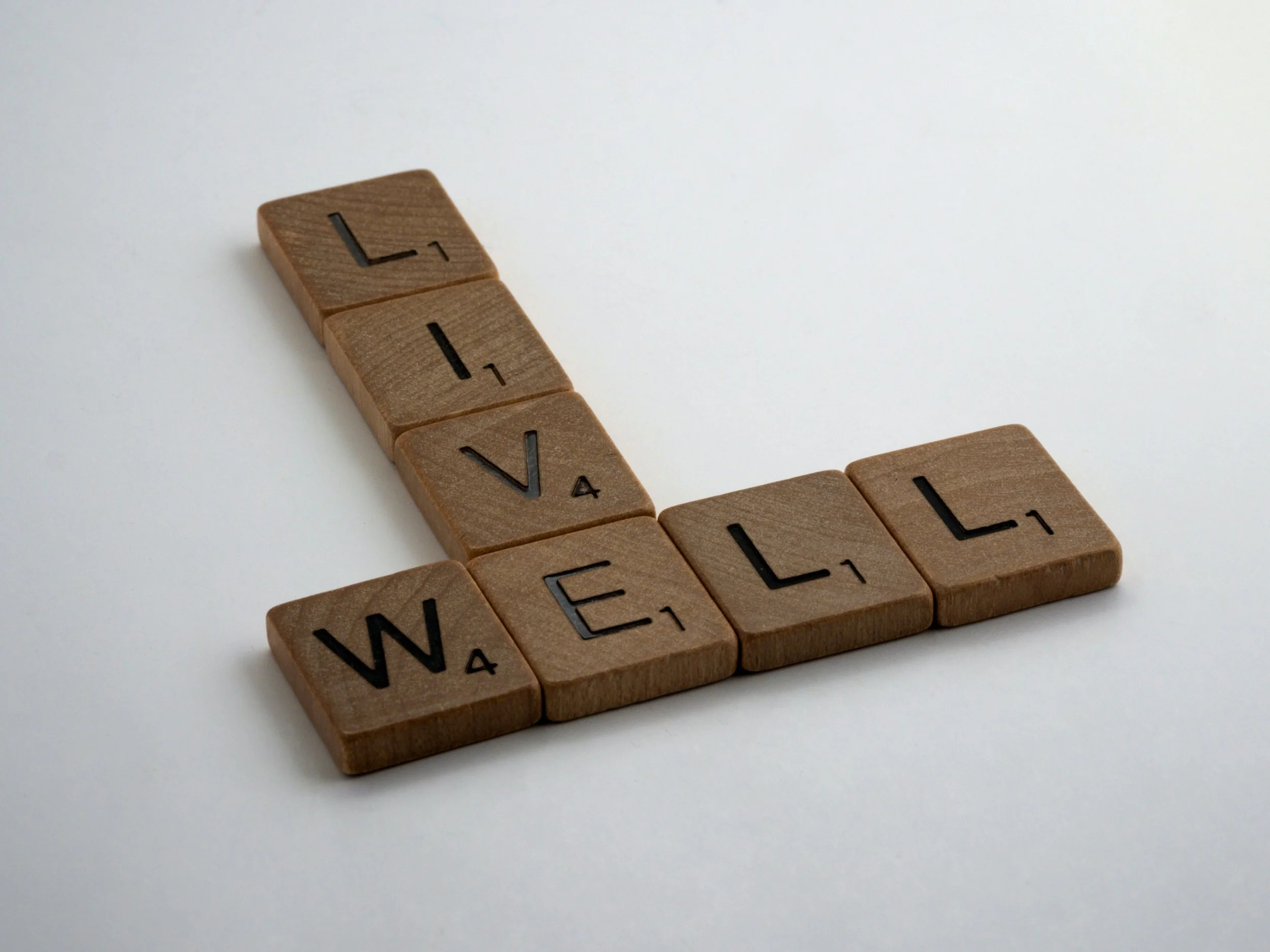Self-Care: Using Behavioral Science to Parent Yourself
We need self-care.
I’m posting these strategies for everyone. What a time it’s been. The past two years have felt like ten. Behavioral science can help make self-care easier, and we all need easy.
We need a healthy foundation to stand on. Thinking back to Maslow’s Hierarchy of Needs, when we aren’t meeting first our physiological needs (food, shelter, sleep), and next our psychological needs, we don’t have a solid foundation. We topple, we crumble, and we burn out. Without these, we don’t have the capacity to dream big. We don’t have the energy to show up as our best selves for our partners, our kids, our friends, and our coworkers.
Behavioral science can help. Try these strategies below to help preserve your well-being, your energy, and your determination (or “sisu”, as my Finnish grandfather calls it).
First/Then Contingencies (aka The Premack Principle):
Psychologist David Premack created this principle, which explains that we as humans will perform a less preferred activity (a low probability behavior) to gain access to a more preferred activity (a high probability behavior).
How First/Then Contingencies can help:
To boost exercise or a meditation practice: First I’ll practice yoga or meditate, then I’ll drink my favorite latte or smoothie. First I’ll go for a jog, then I’ll enjoy a favorite prepared meal from Whole Foods (thereby avoiding cooking and a messy kitchen). Think of it this way: “First Work/Then Reward(s)”. Very important: plan your “Then” in advance. We are busy and our time is limited. Have a plan to reward yourself, and keep it simple. My “then” (my reward) might be having a favorite lunch delivered (First a walk outside, and then my favorite meal delivered).
To increase your sleep: First I will get in my bed by 10pm, and then I will read my new book. If your bedtime keeps pushing itself to a little later each night, create a reward for yourself by purchasing that exciting bestseller. It’s your reward for getting your bedtime routine started earlier. Also, while I’m not an expert on screens and sleep preparation, I assume that paper versions are a better choice if you’d like to lull yourself to sleep reading.
Operant Conditioning, Conditioned Reinforcers, and Pairing with Reinforcement:
Through conditioning, once neutral items or activities can become reinforcers or rewards for us. One example of this is paper money. A green rectangular piece of paper is not naturally reinforcing, compared with sugar (very reinforcing from the onset). However, if we can exchange this green paper for something valuable like a cupcake, or water when it’s hot outside, or even a shiny necklace, and if we then associate this green paper with receiving these valuable items, this green rectangular piece of paper becomes a conditioned reinforcer, and feels delightful to have in our hand, especially when gifted. As a child I would light up when I saw a 5 dollar bill from my grandma in a birthday card.
How Conditioned Reinforcers can help:
To create a peaceful home environment: Pairing “unconditioned” items or activities with reinforcement helps condition them to become more enjoyable. Are you feeling overwhelmed by the space around you? When our homes and workspaces get cluttered, this can spill over into our mental space. The problem is that washing dishes and folding laundry aren’t fun activities (plus there is that whole not having enough time issue). Can you condition these activities to become more reinforcing, or at least make them less aversive? Pair them with something reinforcing: light a candle when you straighten up the living room, play some music while you wash the dishes, listen to a podcast or audible book while you fold laundry. I like to have an HGTV show playing in the background while I clean my apartment; it’s inspiration and entertainment.
Behavioral Momentum:
The Oxford Dictionary defines momentum as “the impetus gained by a moving object”. In psychology and applied behavior analysis, behavioral momentum refers to building progress by starting with easier skills or behaviors before moving onto more challenging skills or effortful actions.
How Behavioral Momentum can help:
When you are aiming to increase your activity, don’t start with a 5 mile run, but rather a 5 minute daily walk, and then a 10 minute daily walk and so on. Take the first step.
When you are planning to clean the house, don’t start with the biggest room or most intimidating mess. Start with a small closet to get the ball rolling.
To ease the anxiety of Monday mornings: Start easy, start small, and start with something you prefer to do. Plan a preferred or neutral task to begin your day on Monday morning. Maybe your first step is just getting to your desk or work area, and then spending 10 minutes listening to a favorite podcast, before writing a to-do list and easing into more difficult tasks. Give yourself time to build momentum and confidence as you work through your morning and day.
Another Monday morning tip: Pair your Monday morning with your favorite breakfast or even a small treat that you can look forward to over the weekend.
Visual Supports (Visual Cues, Schedules, or Timers for Self-Management):
Visual supports are used in the field of applied behavior analysis in classrooms, clinics and just about everywhere else. Visual cues like our calendars and phone reminders tell us what is coming next, and help us remember important events and responsibilities.
How Visual Supports can help:
To increase physical activity: Visual cues help us remember and prepare, both physically and mentally. For example, putting your sneakers by the door or next to your desk reminds you to go for a walk during your lunch break.
Seeing a walk scheduled on your calendar might prompt you to practice some positive self-talk: “I’m going to take care of myself today and go for a walk”. Write in this phrase or a similar affirmation in the notes section of your blocked time. If you’d like to keep this private, Google Calendar allows you to create a blocked time where you are “busy”, but the event is still “private”. Only you can view the details.
One last visual cue idea: Use smaller plates! If you are trying to keep portion sizes healthy, and if you’d like to avoid that overstuffed feeling after a meal, use the smaller plate. Seeing your plate space filled can increase feelings of satiation.
Response Effort:
“Response effort refers to the distance, force/pressure, or number of discrete behaviors required to engage in a response” (Wilder, Ertel, Cimbal, 2021, p.740). The higher the response effort, the less likely a person is to engage in a particular response. If two coffees were presented to you, one 2 feet away and one 20 feet away, which one would you choose?
How Lowering Response Effort can help:
To increase fruit or vegetable intake: Move those fruits or vegetables to the front of the fridge! Make it easier to reach the healthier items, and harder to grab more processed and less nutrient-dense options. Buy store bought pre-cut veggies to make eating those less effortful than opening a bag of chips. Combining this strategy with “conditioned reinforcers”, you can also pair those subtly-exciting veggies with your favorite dip (again just buy the dip; who has time to make their own dip?)
The wrap up:
How can behavioral science help me? Where do I start?
I recommend selecting one area of self-care to get started (start small and build that behavioral momentum). This might be stress management, exercise, healthy eating, self-compassion, or something entirely different that I haven’t mentioned here. Ideally it should link with your values or what is most important to you.
Pick one strategy from the list below and apply it to your area of self-care.
First/Then (The Premack Principle): “First work, then reward”
Conditioned Reinforcement: Pair something neutral or boring with something exciting!
Behavioral Momentum: Start small and easy; build slowly.
Visual Supports: Make your goals visible and incorporate positive messaging.
Lowering response effort: Make healthy choices easier than unhealthy choices.
Take a breath, and let behavioral science go to work for you.
This blog post was first published on Medium, on March 7th, 2022: Medium Lumi Posts
